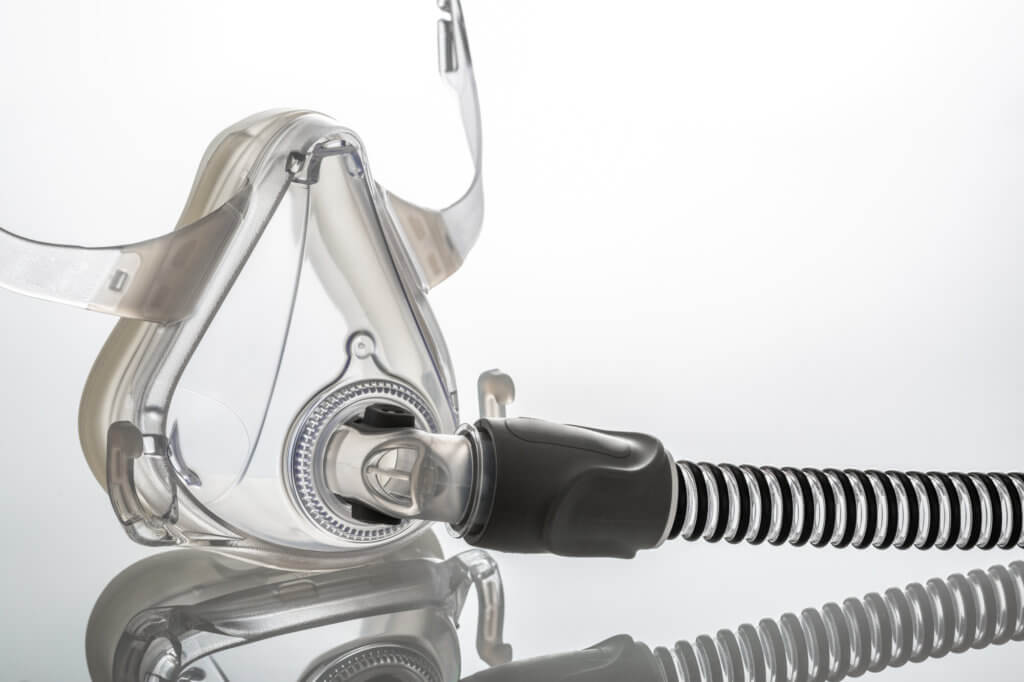
Do you have a loved one who’s on a ventilator? Are you worried about their care? It’s true that seeing a loved one on a ventilator for the first time can cause some anxiety, but it is typically being used to provide the best care possible.
There are many reasons a patient would be put on a ventilator. In some cases, ventilator care is short-term. In others, long-term ventilator use is necessary.
Patients require extra care when they’re on a ventilator. They’re unable to move or take care of themselves. Their bodies are focusing on healing.
We’re here to talk about the essentials for ventilator care patients. Read on to learn more.
Ventilator Settings
The proper ventilator settings are crucial when it comes to the overall care and well-being of the patient. Checking the settings on the ventilator is as important as checking the patient’s vitals. Even if you think all is well, it doesn’t hurt to double-check.
You need to be aware of the respiratory rate, the tidal volume, the fraction of inspired oxygen, and the peak inspiratory pressure.
If you’re using home care ventilators for the first time, make sure a medical professional instructs you on what to look for. They should also educate you about the alarms that may occur if something is wrong.
Review Awareness
When someone is a ventilator patient, they likely have a somewhat large care team. They’ll have their primary care provider, an assortment of nurses, a respiratory therapist, various pulmonary therapists, and more. Everyone needs to be on the same page, so to speak, about the care of the patient.
Every person should review daily reports on the patient. Note that each care provider will have their own notes to add, and every other care provider should have access to those notes.
Keeping everyone in tune with what’s going on is essential for their care and recovery. Even home caregivers and family members who are involved in the patient’s care should be aware of what’s going on.
Awareness of Pain and Sedation Needs
Patients on ventilators are not able to verbally explain their pain levels or sedation needs. As a result, care providers need to be able to gauge that on their own.
It’s always best to respond to any indication of pain or agitation with medication. Not only does this improve the patient’s comfort level, but it also prevents the potential for accidental extubation.
Mild pain or discomfort may not require medication. Playing music, having family members nearby, or even just being there to talk to the patient can be beneficial for low levels of discomfort or agitation.
Infection Prevention
Infection is a real possibility for ventilator patients. Ventilator-assisted pneumonia, for example, is a common risk. There are a few things you can do to prevent it.
Try to keep the patient as clean as possible. Brush their teeth and remove saliva often to prevent the spread of bacteria.
Try to keep the patient’s head elevated around 30 to 45 degrees at all times if it’s possible to do so. It’s easy to overestimate head elevation, so if you’re unsure, it may be best to measure.
If possible, do brief breaks from sedation every day to assess whether or not the patient is able to be weaned off of their ventilator. During this time, moving the patient (turning them or moving their limbs) can be helpful.
Administer Suction
On the topic of preventing infection, proper suction is beneficial.
An endotracheal tube with a suction lumen will remove any secretions that travel from the trachea to the subglottic area.
A patient with an endotracheal tube needs proper suction. With that in mind, suction is on an as-needed basis. There shouldn’t unless otherwise instructed, be a suction “schedule.”
Suction should be on the lowest pressure level. Suctioning should also be kept as brief as possible.
Airway Management
The patient’s mouth and the tube should be free of any obstructions. It’s helpful to check the patient’s mouth twice per day to perform oral care. Ensure that there is nothing abnormal blocking the airway.
You also need to be aware of proper cuff inflation. Inflation that’s too high can cause damage, but inflation that’s too low can result in the patient not getting as much oxygen as they need.
You can measure the inflation pressure with the minimal leak technique.
Basic Nutritional Needs
Patients on ventilators still have to have their nutritional needs met. Proper nutrition will help prevent infection and aid in their recovery.
In most cases, a feeding tube is the best option. Patients on ventilators are unable to feed themselves. A feeding tube will ensure that they’re getting all of the nutrients they need.
With this in mind, a feeding tube will also put a patient at a greater risk of infection. It’s important to make sure the area around the tube is always clean.
Patient and Family Education
The patient and their loved ones should always be aware of what’s happening, even if they aren’t directly involved in the patient’s care. Seeing a patient on a ventilator can be scary. Explaining the ideal outcome of the ventilator and the potential for a positive impact can keep the patient and their loved ones calm.
These Are the Necessities for Ventilator Care
When a patient is on a ventilator, they require a lot of extra care. Proper ventilator care requires teamwork, frequent re-assessment of the patient’s needs, and a lot of attention.
Are you looking for long-term care, assisted living, or rehabilitation care for an aging loved one? At Exceptional Living Centers, we want to help. Contact us to learn more about our various care services so your loved one can get the help they need.






